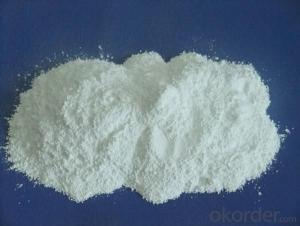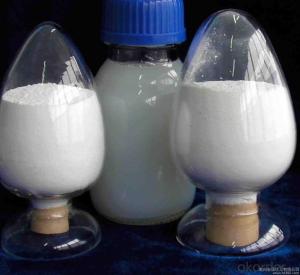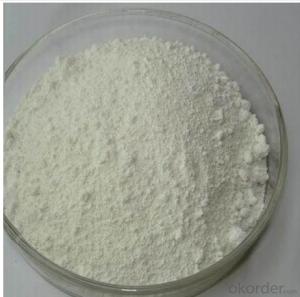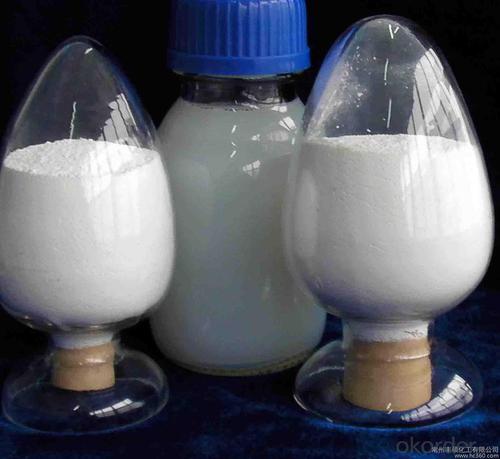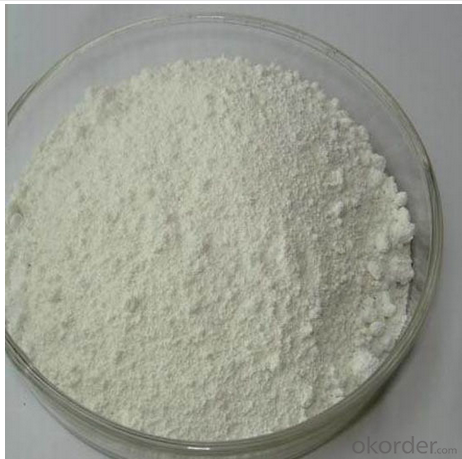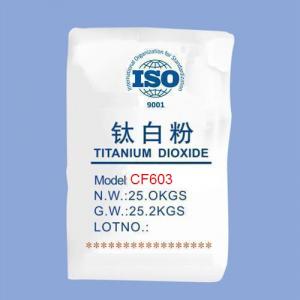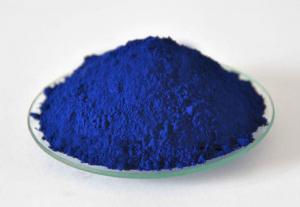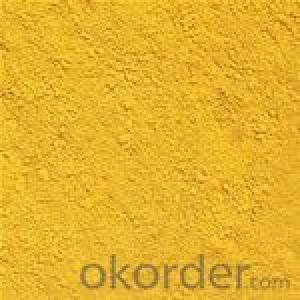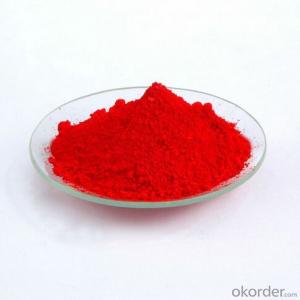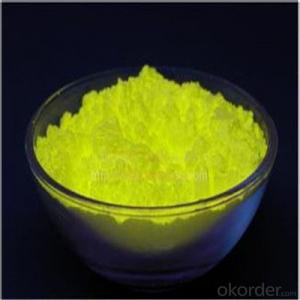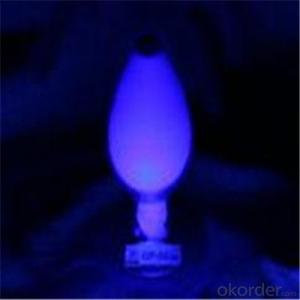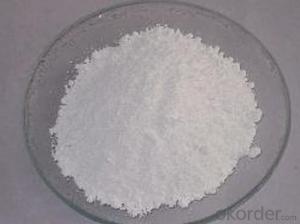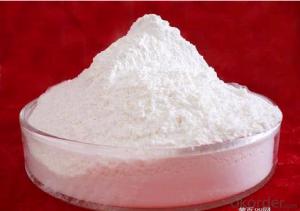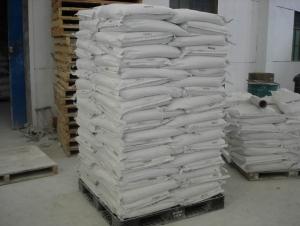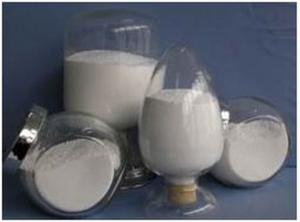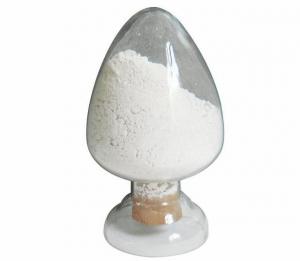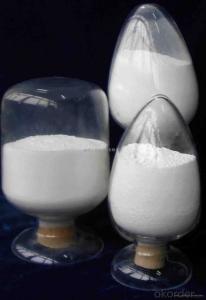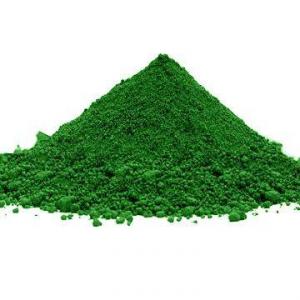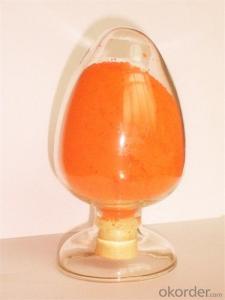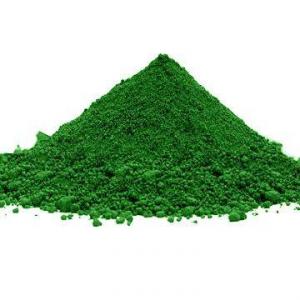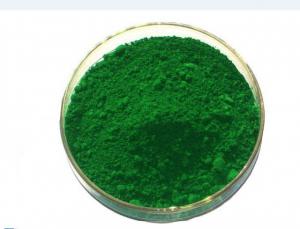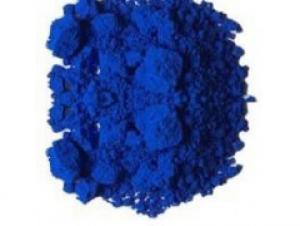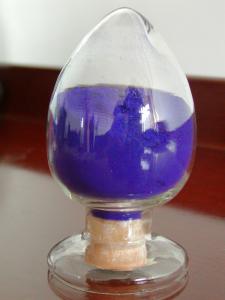Titanium Dioxide Tio2 for Painting Industry White Powder
- Loading Port:
- Tianjin
- Payment Terms:
- TT OR LC
- Min Order Qty:
- 1000 kg
- Supply Capability:
- 1000000 kg/month
OKorder Service Pledge
OKorder Financial Service
You Might Also Like
Product introduction:
Titanium pigment called titanium dioxide is a kind of white pigment, with non-toxic, best best whiteness and brightness, opacity, is regarded as the performance in the world today one of the best white pigment, widely used in coatings, plastic, papermaking, printing ink, chemical fiber, rubber, enamel, ceramics, electronic ceramics, glass, alloys, welding wire, cosmetics and other industrial.
It has Rutile type titanium Rutile (R) and sharp type (Anatase type A) two types of structure, the Rutile crystal structure is compact, stable, small optical activity, and good weather resistance, and have higher hiding power, decolorization, and therefore have A better application performance, get more extensive application
Main features:
Superfine particle size
Excellent dispersion High tinting power High whiteness
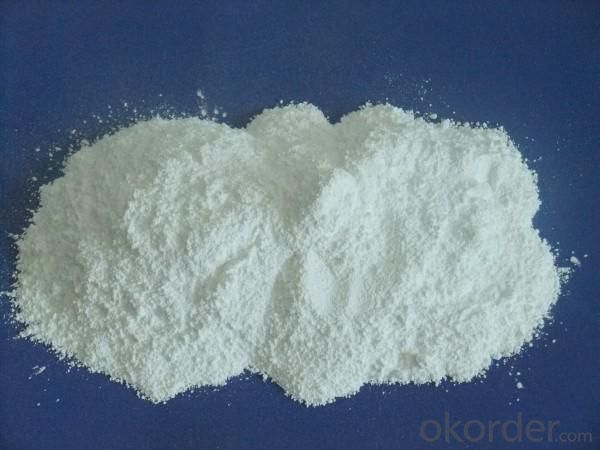
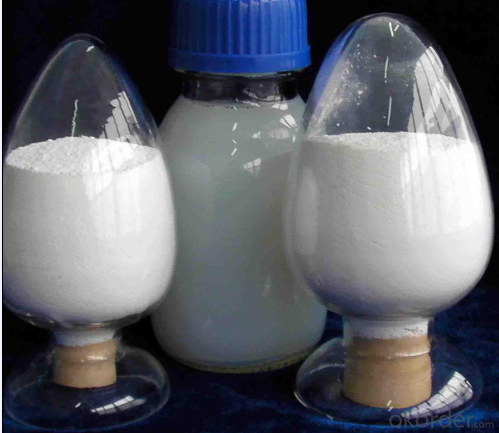
Packaging:
Packed in 25kg PP/paper bag,22MT/1*20'FCL for rutile/anatase titanium dioxide/tio2 for high grade ceramics
Specifications:
Item | Index |
TiO2 content % | ≥92 |
Specific Gravity | 4.1 |
Tinting strength | ≥1800 |
Oil absorption | ≤20 |
PH | 6.5-8.0 |
Whiteness % | ≥97 |
Volatile Matter % | ≤0.3 |
Dispersibility(Hegman) | ≥6.0 |
Average particle size µm | ≤0.29 |
Rutile content % | ≥98 |
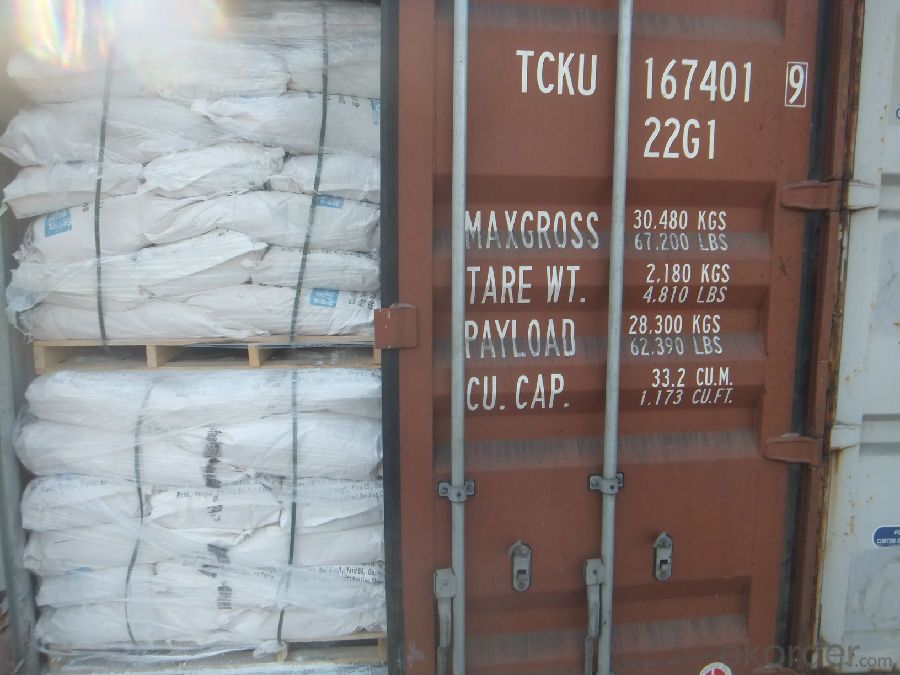
- Q: Are carontenoids and anythocyanin accesory pigments.
- Accessory Pigments
- Q: do all leaves extract contain the same pigments??why?
- Plants okorder /... Plants have classes of pigments that act as adjuncts to the chloroplast's chlorophyll, in several ways. Some are accessory pigments that broaden the range of absorbed light. These pigments are found in the light gathering arrays in chloroplasts. They also alter the color of the leaf depending on what specific pigments it has to gather light energy and that determines what is reflected (green is the basic reflected spectra but is might be yellowish or bluish green). The major accessory class of pigments, the carotenoids, collect light in the red to yellow wavelengths chlorophyll a can’t, then the carotenoids transfer the energy to chlorophyll a to process. Among the carotenoids are the xanthophylls that provide UV protection for the light gathering centers of the chloroplast. Plants adapt to situations and some just have fewer chloroplasts so have less chlorophyll and absorb less of the light. In low light situations they need fewer so variegated plants are possible. This reduced chlorophyll level allows small amounts of other pigments like the yellow pigment xanthophyll to show up.
- Q: thank you very much for your help!
- This Site Might Help You. RE: what is the role of photosynthetic pigments in plants? thank you very much for your help!
- Q: What does pigment mean?
- * PIGMENT [uncountable and countable] = a natural substance that makes skin, hair, plants etc a particular colour. ==> Melanin is the dark brown pigment of the hair, skin and eyes. ==> The artist Sandy Lee uses natural pigments in her work. ( Longman Dictionary ) * PIGMENT = the natural colouring matter of animal or plant tissue. ==> Carotenoid pigments are red, orange, or yellow. ( Oxford Dictionary ) * PIGMENT = a substance used for colouring or painting, especially a dry powder, which when mixed with oil, water, or another medium constitutes a paint or ink. ==> All the frescoes are painted with earth pigments ( Oxford Dictionary )
- Q: I hear about it cause my Friend is albino and she was born with no pigments in her hair,skin or eyes
- then she is natural coz she is not using any substances to colour or paint....
- Q: What does it mean when something is highly pigmented?
- vibrancy of the color. So something highly pigmented is something that has a very clear, nice, color
- Q: How do you use pigments?
- you can use it in a few places such as your lips, cheeks, eyes
- Q: explain how the pigments in colored objects such as clothes differ from plant pigments
- Green pigments absorb light in the red and blue parts of the spectrum and reflect the green back to our eyes. The major functional difference between chlorophyll and say jade green is that only the chlorophyll in living systems can transfer the absorbed light energy and the excited electron to another molecule, thus trapping it. In biology, pigment is any material resulting in color in plant or animal cells which is the result of selective absorption. Some biological material has so-called structural color, which is the result of selective reflection or iridescence, usually done with multilayer structures. Unlike structural color, pigment color is the same for all viewing angles. Nearly all types of cells, such as skin, eyes, fur and hair contain pigment. Butterfly wings typically contain structural color, although many of them contain pigment as well. Creatures that have deficient pigmentation are called albinos. In the coloring of paint, ink, plastic, fabric and other material, a pigment is a dry colorant, usually an insoluble powder. There are both natural and synthetic pigments, both organic and inorganic ones. Pigments work by selectively absorbing some parts of the visible spectrum (see light) whilst reflecting others. A distinction is usually made between a pigment, which is insoluble, and a dye, which is either a liquid, or is soluble. There is no well-defined dividing line between pigments and dyes, however, and some coloring agents are used as both pigments and dyes. In some cases, a pigment will be made by precipitating a soluble dye with a metallic salt. The resulting pigment is called a lake.
- Q: what is the difference between light color and pigment colors?
- Pigments are chemicals that selectively absorb and reflect different spectra of light. When a surface is painted with a pigment, light hitting the surface is reflected, minus some wavelengths. This subtraction of wavelengths produces the appearance of different colors. Most paints are a blend of several chemical pigments, intended to produce a reflection of a given color.
- Q: hahahai have no clue what that means!
- It's a small plant that pigs love to eat. It's sort of like catnip, except that pigs love it (cats won't touch it). It is related to the catnip and mint family of plants.
Send your message to us
Titanium Dioxide Tio2 for Painting Industry White Powder
- Loading Port:
- Tianjin
- Payment Terms:
- TT OR LC
- Min Order Qty:
- 1000 kg
- Supply Capability:
- 1000000 kg/month
OKorder Service Pledge
OKorder Financial Service
Similar products
Hot products
Hot Searches
Related keywords
